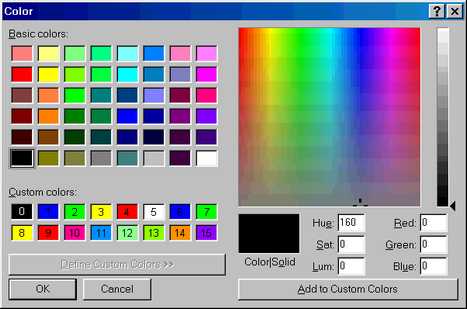Conduct elasto-visco-plastic creep analysis.

This feature is used only in non-linear analyzes (3D FF blocks in Map3D Non-Linear and DD planes in Map3D Fault-Slip). The creep model can be used simply as a technique for damping the non-linear deformations or if this creep option is activated, for real time dependant creep simulation.
At each creep step the stress state on all yielding elements (elements where the stress exceeds the strength) is calculated as the strength plus the creep resistance. This limits the size of plastic creep increment Δεplastic on each yielding element
σ = Strength + C Δεplastic /Δt
C = G Δt
where the creep resistance is determined as the creep coefficient C, times the plastic strain rate Δεplastic /Δt. Note that the user must select both the creep coefficient C, and the time step size Δt, then specify the quotient of these as the viscous modulus G. The contribution to the stress σ, made by the creep increment is the excess stress given by
Δσ = C Δεplastic /Δt
The maximum excess stress for all yielding elements is indicated by ![]() Plot > Surface Components > Ferr
Plot > Surface Components > Ferr
If this creep option is activated, Map3D will execute only one creep increment for each mining step. Thus the elapsed time can be determined as the product of the current time step number is (Analysis Dialogue) with the user defined time step size Δt.
Total Elapsed Time = is Δt
The user may wish to repeat several mining steps without adding any new mining simply to allow the model to creep for a controlled number of steps.
If this creep option is not activated, Map3D will execute as many creep increments as is required to reduce fer below the stress tolerance STOL, before moving onto the next mining step.
In either case, the accumulated plastic strain εplastic, is determined as the sum of the plastic creep increments Δεplastic, for all creep steps.
Related Topics:
![]() Plot > Surface Components > DTs Excess Shear Stress
Plot > Surface Components > DTs Excess Shear Stress
![]() Plot > Surface Components > DEs Incremental Shear Strain
Plot > Surface Components > DEs Incremental Shear Strain
![]() Plot > Surface Components > Ts Shear Stress
Plot > Surface Components > Ts Shear Stress
![]() Plot > Surface Components > Es Shear Strain
Plot > Surface Components > Es Shear Strain
This function must be checked before conducting the Map3D BEM analysis